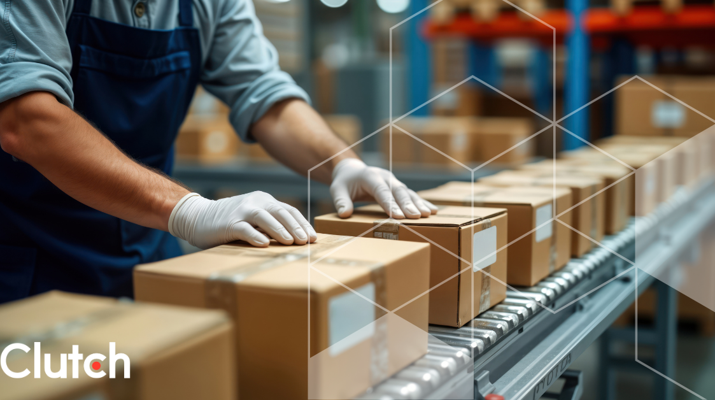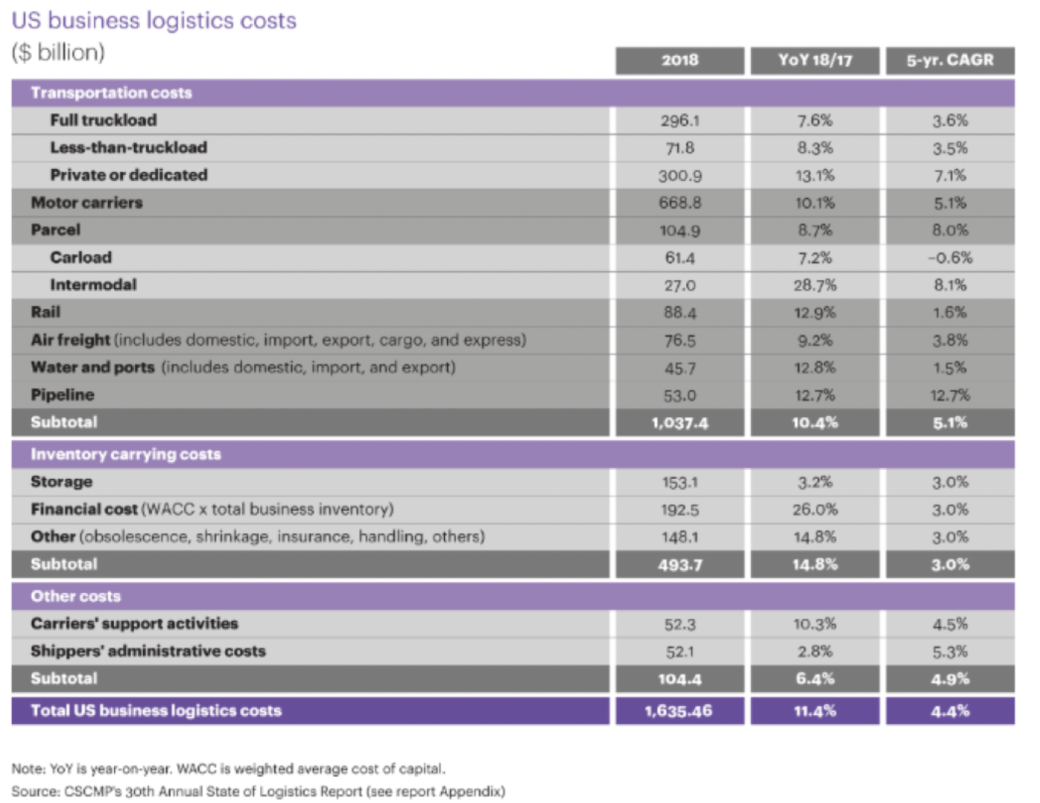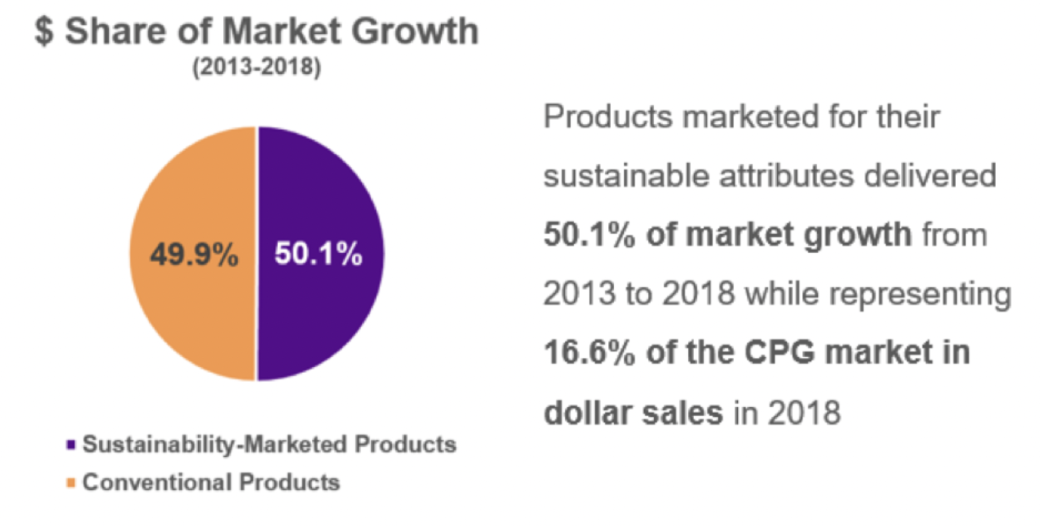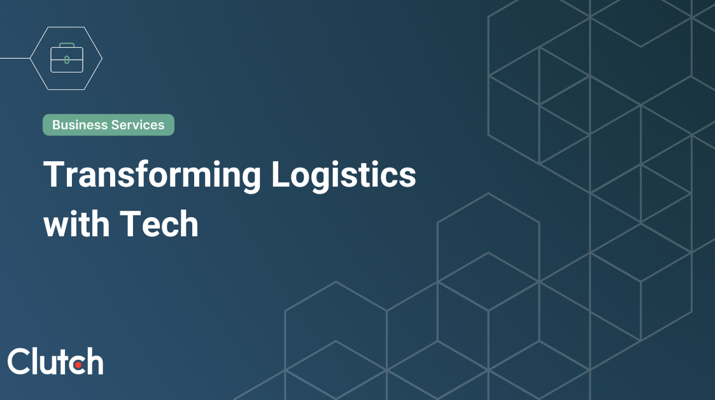

Updated January 2, 2025
Big data analysis can transform supply chains and improve business outcomes. Here's how you can harness big data to reap the benefits for your data procurement process.
Updated 10/09/2023
New digital technologies and the big data analytics they provide have the ability to transform supply chains and data procurement.
Looking for a Logistics & Supply Chain Consulting agency?
Compare our list of top Logistics & Supply Chain Consulting companies near you
Today's procurement departments are faced with increasing expectations from every quarter. Companies want costs reduced, risks minimized, efficient systems, and bigger profit margins.
Additionally, governments expect businesses to comply with established standards at every point in the supply chain. Consumers are also increasingly demanding corporate responsibility for ethical sourcing.
The benefits of data-driven procurement are clear. By combining historical data, real-time information, and customer insights, chief procurement officers (CPOs) can take a proactive approach to decision-making, optimize the supply chain, and be better prepared for disruption brought on by external factors.
When companies understand how to use the power of big data to create data-driven procurement strategies, the impact on their bottom line can be dramatic. Gartner found, however, that fewer than 25% of procurement organizations have a long-term digital strategy.
Here's a look at 4 ways your company can boost profits with big data analytics.
From eliminating rogue spending to identifying the best deals, data analysis can save you money and increase your profitability in many ways:
Excess inventory is a headache on every level. While you're paying to store it, it's aging...and tying up your cash. For every data procurement department, a delicate balance exists between having enough product to meet sales needs and warehouses full of products that won't sell.
There are savings opportunities hidden in your inventory and procurement spend. Analytics programs can use data sets to identify instances where business units aren’t moving. Further, programs can use various data sources and machine learning to create predictive models that indicate when procurement teams need to restock.
Data analysis examines customer buying patterns over time and accurately predicts what your business needs to order and when. Plus leading programs take spend analysis and visualize metrics and KPIs using dashboards and user-friendly visuals for stakeholder communication.
Unauthorized purchasing is the bane of any budget. With increasingly differentiated expenditure spread across multiple suppliers, details become too complex for humans to track.
Spend analytics alert procurement professionals of maverick spending, opportunities for cost reduction in current supplier relationships, and other actionable insights for more strategic sourcing. Procurement teams must be using spend data thoughtfully in order to benchmark success, automate workflows, and improve supplier management.
Big data analysis informs budget decisions by analyzing contracts and past purchasing to find efficiencies, optimal pricing, and purchasing patterns.
Such analysis allows identification of unnecessary spending, past mistakes or budget overreach, and areas of inefficiency leading to budget overrun.
Contracts frequently contain clauses for early payment discounts or late payment penalties. Your company can reduce costs with better contract management.
Data analysis finds these details and advises an optimal payment schedule to leverage contract terms to the best advantage.
According to the Council of Supply Chain Management Professionals 2020 “30th Annual State of Logistics Report,” freight transportation costs ate up the biggest share of U.S. business logistics costs, hitting a whopping $1.037 trillion in the year 2018. That's 8% of the nation's GDP.

Risk is inherent at every step of the supply chain, from moving raw materials to manufacturers and between manufacturers and the distributor.
The added value of big data analytics is predicting potential disruptions, giving procurement managers time to make intelligent decisions.
Predictable risks include:
Advanced analytics tools are not only a necessity for spend management, but risk management as well. Business intelligence and procurement analytics software can use internal data and external data to determine purchase order coverage, source-to-settle cycle times, and supplier performance.
While freight rates typically skyrocket following a major storm, disruptive weather isn't always as extreme as hurricanes or floods.
A cold snap can cause hazardous icy road conditions, and heavy rains, snow, and fog can impact a driver's ability to deliver safely and on time. At the other end of the spectrum, extreme heat can damage temperature-sensitive goods.
An analytics program can analyze weather reports for every mile of the journey as far as ten days in advance.
This gives you time to plan optimal routes and modes of transportation, giving your business a competitive advantage.
Highway and bridge repairs along major trucking routes are almost a given and can delay your shipments by hours or even days as your goods sit in slowdown after slowdown.
Predictive analytics can analyze traffic patterns and choose the best routes and best times for truckers to be on the roads.
You can leverage accurate traffic forecasting to time your shipments and streamline routes to include detours and off-peak days. In addition to on-time shipments, less stress for your drivers is an added bonus.
Social events can have a significant impact on transportation routes in cities.
Social events include political protests or rallies, high crime areas, festivals, concerts, sporting events, and parades.
Predictive analytics can source information from news and social media to provide valuable information about when downtown streets will be cordoned off for major events, for example.
Knowing where and when social events are happening can help you plan strategically to avoid the area.
Compliance with the constantly changing local, regional, and global tax regulations can be challenging for many businesses.
Analytics technology can help your organization negotiate the complexities of tax regulations and shifting trade agreements to ensure that you pay the right taxes and fees at the right time.
Since all records are available in real-time with data, you can respond to a tax audit without scrambling to produce a paper trail.
Find the perfect tax accountant by browsing our directory.
Ideally, you would constantly monitor each supplier to verify that their operational performance is up to par, their bottom line is stable and healthy, their product is of consistent quality, and their sourcing meets compliance standards.
Tracking each variable for every supplier seems like an insurmountable challenge for humans, but it's simple for computer programs to process.
Ongoing supplier analysis can capture every detail, flag every anomaly, and verify every transaction to show you whether your suppliers are performing as expected.
This will help you determine how much you stand to save or risk by switching to another supplier or ordering from a different region of the world.
You also have the additional responsibility of meeting consumer expectations for corporate social responsibility.
The internet gives consumers unprecedented access to your business and manufacturing practices.
That can be a social media disaster for companies who choose to value the lowest cost over human rights.
Organizations that practice corporate responsibility in areas such as raw material sourcing and distribution increase customer satisfaction and profits.
In its CSB Sustainable Market Share Index, the Center for Sustainable Business (CSB) examined purchasing data on the sales of over 71,000 products.
The CSB found that goods marketed as sustainable accounted for just over 50% of market growth, even though such products were less than 17% of the products evaluated.

Customers are clearly willing to spend more when a company's brand goals align with the causes they care about.
Brands seeking positive customer relationships perform dramatically better when they build a company culture around sustainable practices.
Additional Reading: 'Green Marketing: 4 Examples of Sustainable Marketing'
When we ask prospective clients about their pain points, a few areas are always mentioned. Most, if not all, can be solved with big data.
Common customer pain points include:
Big data in logistics addresses each of these points, allowing organizations to complete visibility across systems, performing automatic 3-way matching, speeding approval processes, and ending bottlenecks.
Data processing also flags anomalies in spend, inventory, orders, and invoices. This gives business owners and managers more control over spending, costs, and mistakes.
Simply put, big data facilitates accuracy, and in turn, accuracy inspires trust. Finance and procurement managers can have confidence in the accuracy and veracity of transactions, eliminating the need to manually verify outliers, errors, and rogue spending.
We are sitting at the intersection of artificial intelligence (AI) and procurement systems, with modern early adopters balanced on the fulcrum and just starting to tip. We are not quite to the point of fully integrated AI end-to-end systems, but it is on the horizon and rising fast.
As the Internet of Things (IoT) is increasingly connected, big data will continue to grow increasingly bigger. The IDC report “The Digitization of the World - From Edge to Core” predicts that the Global Datasphere will grow from 33 Zettabytes (ZB) in 2018 to 175 ZB by 2025. One zettabyte equals a trillion gigabytes.
That is a significant amount of data. With that level of data available to learning machines, nearly every procurement scenario becomes predictable, and every action discoverable. Procurement leaders must move forward with BI in the procurement function to bring ideal process automation and optimization to their teams.
What does this all mean to you? If you're not using big data analytics in your procurement processes, it will become harder to remain competitive.
Invest in big data analytics today to improve your procurement.
Additional Reading:


